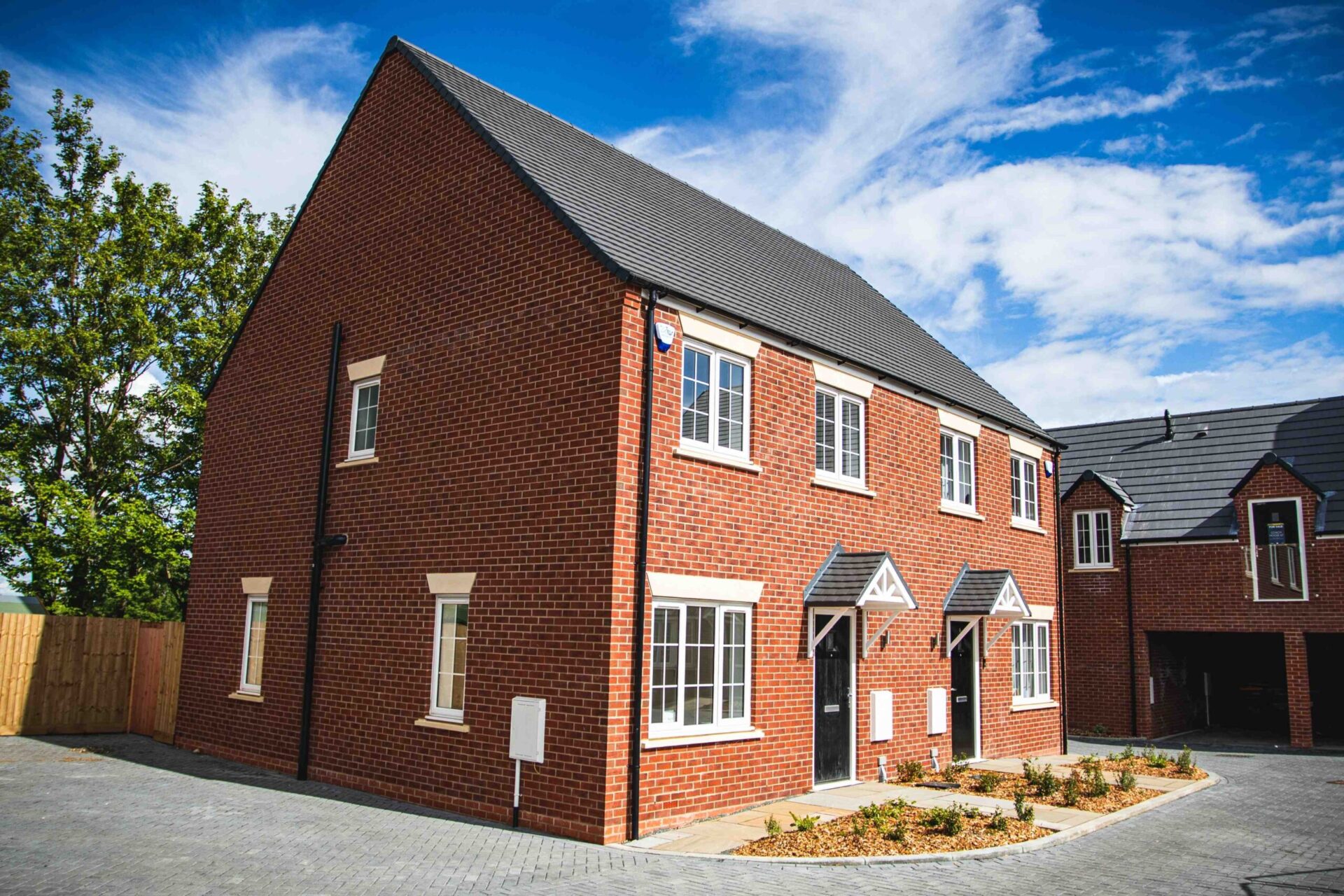by Adele Scrivens
10 August 2021
So, when do our clients and contacts need to use the new model lease and what are the main changes that housing associations and their tenants need to be aware of?
When do we need to use the new model lease?
- The new model lease is compulsory for homes delivered through the 2021-2026 Homes England funding programme. If you have a site that was funded under the previous 2016-2021 programme then you may elect to use the new model lease for shared ownership leases completed after 1 April 2021.
What are the main changes that we need to be aware of?
- 1% staircasing
Tenants will now be able to staircase in 1% tranches.
Staircasing in 1% tranches is limited to the first 15 years of the lease, or the first 15 years of ownership for a new tenant if the lease is assigned.
The price of a 1% share will be based on the initial purchase price, adjusted in line with the House Price Index. Any dispute as to value can be referred to an independent expert. The HPI valuation once prepared will be valid for three months.
One of the main practical points to note for housing associations is that you will not be able to charge any administration fee when dealing with applications for 1% staircasing.
This creates a potential burden and additional cost for housing associations but it remains to be seen how often this right will be exercised and so how often this point is applicable.
- Staircasing generally
If the tenant wishes to acquire more than a 1% share, it can staircase at any time in the same manner as was permitted under the previous model lease, except that staircasing is now allowed in increments of 5% (it was previously 10%).
- Reduced minimum stake
This has been reduced from 25% to 10%. The government has stated that it will engage with lenders to ensure that mortgage finance will be available for those wishing to acquire such a low minimum stake.
- External and Structural Repairs
During the first 10 years of the term, the landlord is responsible for external and structural repairs and these are to be provided at no cost to the tenant, meaning that they cannot be recouped via a service charge.
If the landlord claims for such works under its new homes warranty (NHBC etc) then any excess or administration fees that may be charged by the warranty provider cannot be charged on to the tenant.
The definition of “External and Structural Repairs” specifically excludes normal general maintenance, redecoration and renewal works so certain costs and can still be charged to the tenant via a service charge.
- General Repairs and Maintenance Allowance
For certain other defined repairs, including installations for the supply of water, gas and electricity and space and water heating, the tenant receives a £500 per annum allowance (again limited to the initial 10 year period).
These repairs remain the responsibility of the tenant but during the initial 10 year period, the tenant can apply to the landlord for a contribution towards the costs of such repairs. There is no annual limit on the number of claims that may need to be processed but there is a contribution limit of £500 per annum.
Where the tenant does not claim the maximum £500 in one year, the balance (up to a maximum of £500) will be rolled over to the following year.
There is wording in the lease to try to ensure that these repair costs are essential and genuine and not the result of the tenant breaching the terms of the lease.
The government has produced guidance on how it expects a housing association to manage a claim, within Annex A of this document.
- New minimum lease term
The new leases will all have a term of at least 990 years. This will save tenants from having to go through the often expensive process of extending their lease so soon after grant.
- Sales during the pre-emption period
Under the previous lease, the landlord had 8 weeks to put forward a buyer but this has been reduced to 4 weeks under the new lease. Housing associations will need to make sure their internal procedures are updated to deal with this.
- Key information
The key information document that used to appear in Appendix 3 of the previous model leases has been removed. It now forms a separate document that can be found on the government website. It is a condition of grant funding that these documents are completed and provided to the buyer no later than at reservation stage. These should be sent to the buyer’s solicitor along with the memorandum of sale. Housing associations will need to obtain confirmation from the buyer’s solicitor that these have been provided to the buyer.
What is the right to shared ownership?
- The government has also introduced a right to shared ownership to give qualifying tenants of rented homes delivered through the 2021-2026 funding programme the opportunity to purchase a shared ownership lease. This applies to both social rented and affordable rented homes.
The new model shared ownership leases can be found here.
Our expert social housing team are readily available to provide any further information on the new model shared ownership lease and also the new right to shared ownership and what this means for housing associations.
Speak with us

